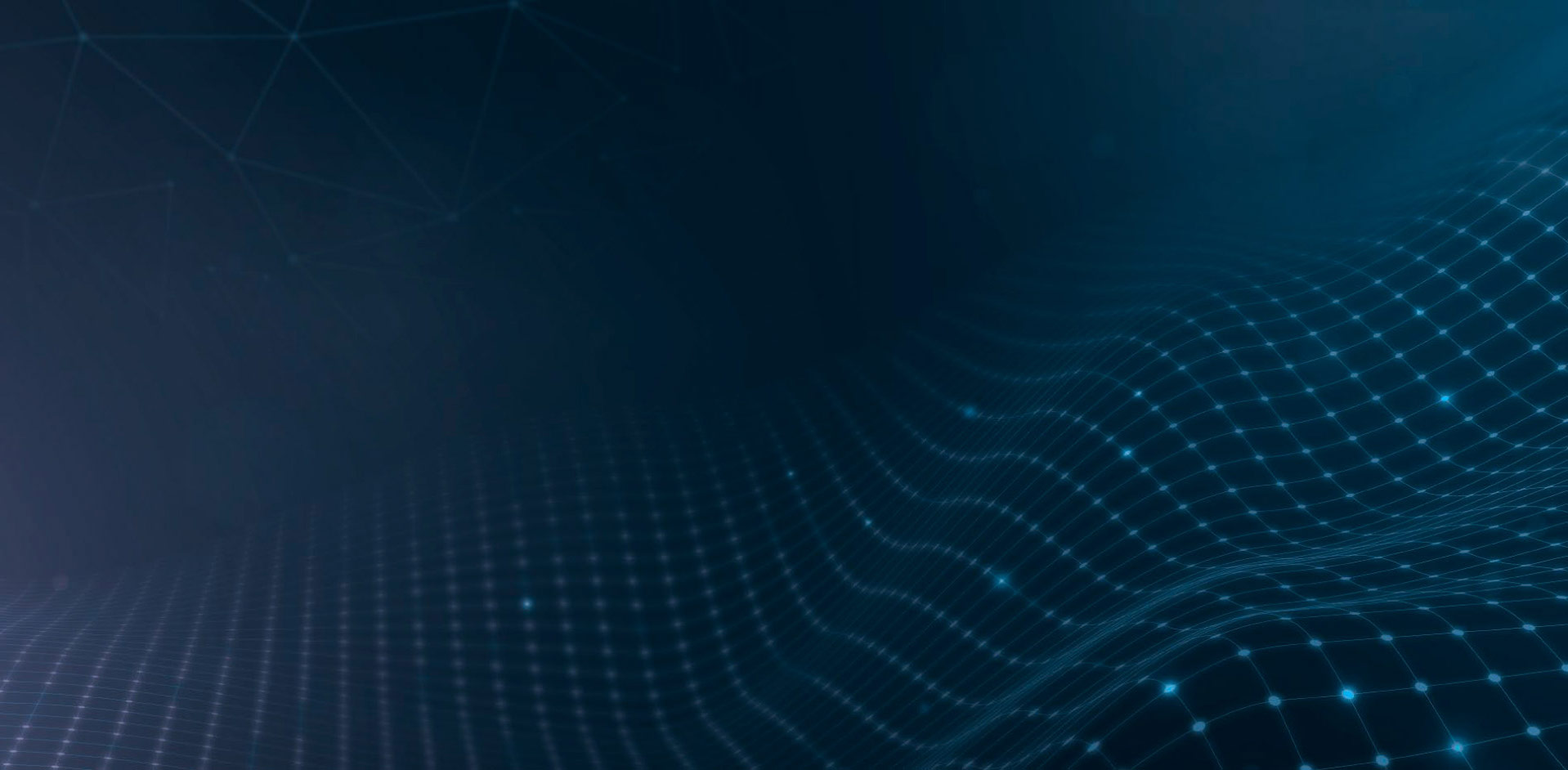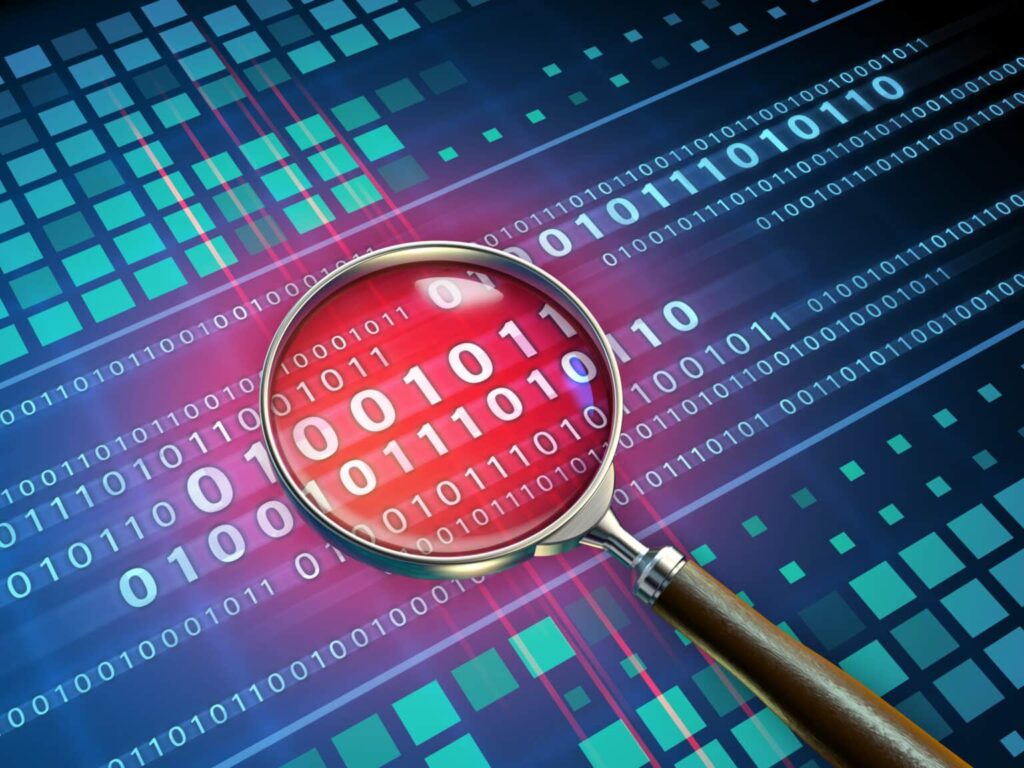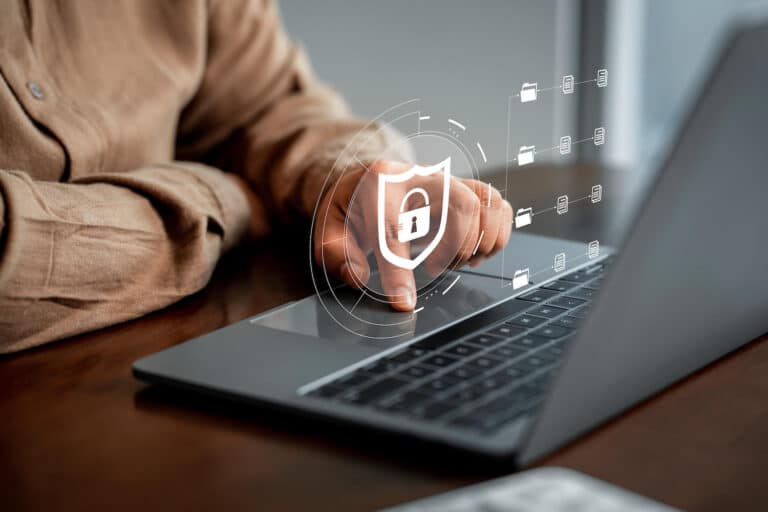Diving into a cybersecurity assessment transcends mere compliance formalities—it’s a strategic endeavor that holds transformative potential for organizations. Opting for an independent party to conduct this assessment is paramount, offering a fresh, objective lens through which your computing environment is viewed. Such third-party assessors, steeped in rich experience from myriad of assessments, audits, and real-world security incidents, deliver insights that are both profound and actionable. It’s not just about identifying vulnerabilities; it’s about charting a course towards a more secure and resilient digital ecosystem.
INCREASED CONFIDENCE AND PRODUCTIVITY
Knowing that your computing environment has been evaluated against industry accepted standards allows everyone to continue business activities with confidence. While no environment is 100% safe from all cyber threats, knowing that you’ve done all that can reasonably be expected to prevent a cyber security incident from occurring inspires confidence and reduces anxiety in the workplace.
REDUCED RISK FROM NEW TECHNOLOGIES
Assessing risks associated with new Computing and Technology Solutions in your Computing environment is critically important. A cybersecurity assessment ensures a Risk Management Framework is in place so new technologies go through a cybersecurity evaluation prior to being implemented.
INCREASED CUSTOMER TRUST
Today’s customers are more concerned than ever about data privacy and protection. By demonstrating a strong commitment to safeguarding sensitive information through conducting periodic assessments, you can differentiate yourself from your competitors and build long-lasting relationships based on trust.
ROADMAP FOR FUTURE INVESTMENT
One of the deliverables from a cybersecurity assessment is a roadmap to improve your cybersecurity posture; guiding future investments towards areas of highest risk. This ensures that every dollar spent contributes directly to enhancing resilience and safeguarding your assets.
IDENTIFICATION OF VULNERABILITIES
Identifying vulnerabilities or weaknesses in your computing environment ensures you maintain a strong cybersecurity posture. Regular assessments can help you stay updated on emerging threats and ensure that your systems are equipped with the latest security updates and patches.
EVALUATION OF CONTROLS
A cybersecurity assessment provides invaluable insights into the effectiveness of your security controls. By assessing the adequacy of access controls, password management, data encryption, and incident response plans, a cybersecurity assessment enhances overall risk management.
FINANCIAL SECURITY
Performing regular cybersecurity assessments can also save organizations significant financial losses that might result from a cyber incident or data breach. Assessments identify weaknesses and vulnerabilities within systems or processes that attackers could exploit. Proactive mitigation of these risks help prevent costly incidents in the future.
INCREASED EMPLOYEE AWARENESS
Having a regular cybersecurity assessment serves as an opportunity to drive ongoing education and awareness among employees about emerging cyber threats. It ensures organizations reinforce best practices related to password hygiene, phishing awareness, social engineering awareness, and security training programs. Increased cybersecurity awareness reduces human related risks substantially.
In the ever-shifting landscape of cyber threats, a cybersecurity assessment is undeniably crucial. However, the assessment is just the starting point. Engaging with a Virtual Chief Information Security Officer (vCISO) offering elevates this process to the next level. Not only can a vCISO meticulously conduct the assessment, but also bring a wealth of expertise, insights, and strategic oversight throughout the journey. The holistic approach of a vCISO ensures that vulnerabilities are not just identified but addressed in the broader context of your organization’s goals and risk appetite. Beyond the assessment, a vCISO can shape strategic roadmaps, foster cybersecurity culture, and ensure continuous improvement, proving that the real benefits are not just in understanding the present state but in charting a safer, more resilient future.







